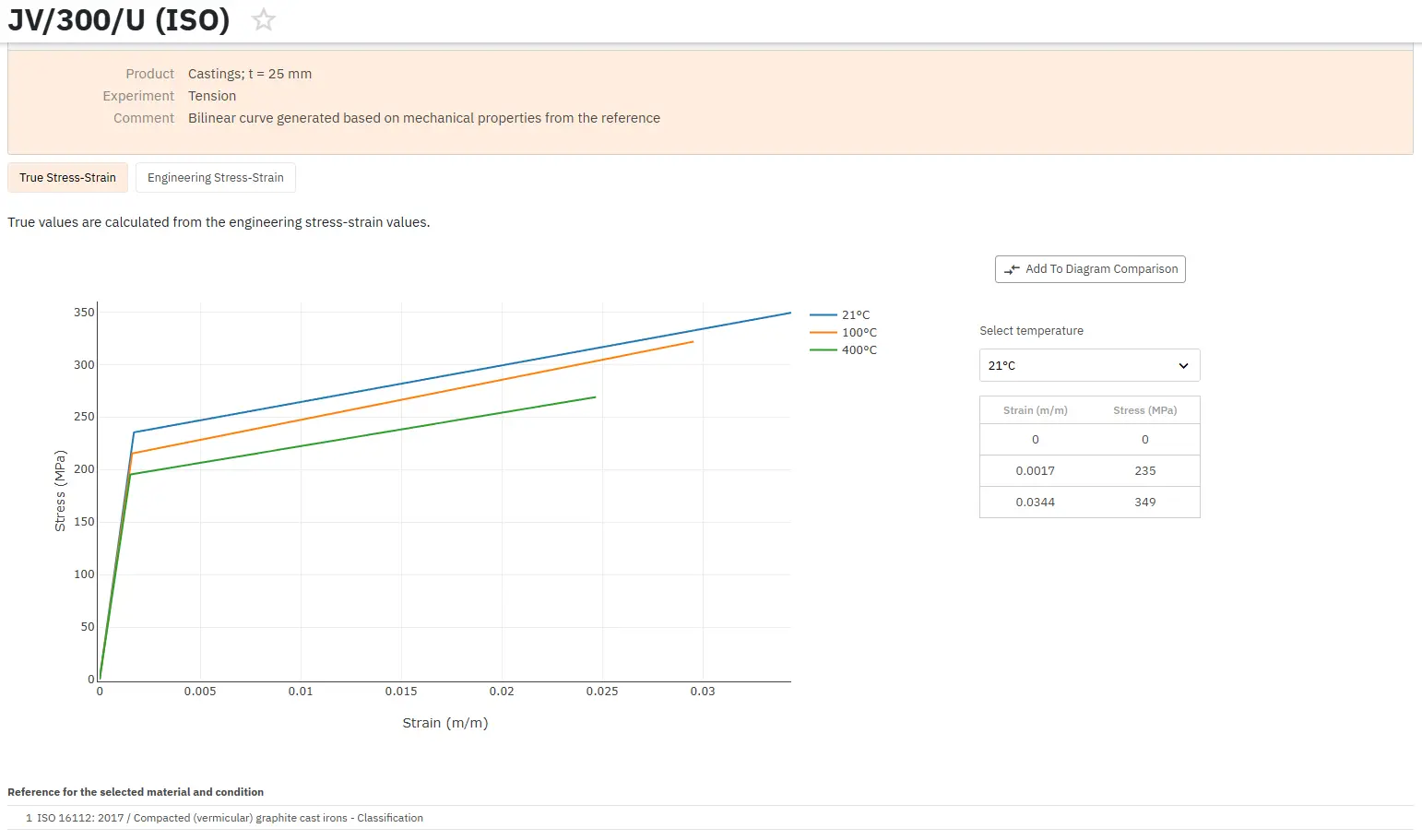High-Alloy White Irons
Abstract
High-alloy white cast irons are engineered for abrasion resistance and corrosion protection, with applications in machinery that processes abrasive materials. The alloys are divided into nickel-chromium white irons, chromium-molybdenum irons, and high-chromium white irons. The composition and heat treatment of these alloys allow for specific balances of hardness, toughness, and resistance to wear. These materials, especially in high-stress applications like grinding and mining, offer high hardness (450-800 HB) and durability. Understanding the alloy's composition, such as chromium and nickel content, is crucial for optimizing performance.
Introduction to High-Alloy White Irons
High-alloy white cast irons are a specialized class of materials that differ significantly from traditional cast irons. With alloy content typically above 4%, these irons cannot be produced by simply adding alloys to standard iron compositions. They require specialized foundries equipped for producing high-alloyed materials. These alloys are primarily designed for wear-resistant applications and are crucial in industries where machinery handles abrasive materials. The chromium content also provides significant corrosion resistance. The microstructure, which often contains primary and/or eutectic carbides, gives these irons their exceptional hardness, making them ideal for crushing and grinding operations.
Nickel-Chromium White Irons: Properties and Applications
Nickel-chromium white irons (Ni-Hard) are the oldest and most cost-effective high-alloy white irons. Nickel is the key alloying element, typically present at 3-5%, where it suppresses the formation of pearlite, ensuring the development of a hard martensitic structure. Chromium, present in amounts from 1.4 to 4%, ensures the formation of carbide phases and counteracts the graphitizing effect of nickel.
Ni-Hard Types: The alloy composition varies to balance hardness and toughness. Type A (Ni-Hard 1) alloys are high-carbon and offer excellent abrasion resistance, while Type B (Ni-Hard 2) alloys are lower in carbon, offering improved toughness for applications involving repeated impact.
Special Grades: Class J Type C alloys are specially formulated for grinding balls and slugs, optimized for chill casting and sand casting processes.
Type D (Ni-Hard 4): This grade includes higher chromium (7-11%) and nickel content (5-7%), along with carbon levels adjusted based on service requirements.
Chromium-Molybdenum Irons: High-Performance Alloys
Chromium-molybdenum white irons are designed for applications requiring both high abrasion resistance and toughness. These irons contain 11-23% Cr and up to 3.5% Mo, and can be supplied in either as-cast or heat-treated forms. The alloy's microstructure, a mix of austenitic and martensitic phases, offers enhanced resistance to wear. The addition of molybdenum further helps to prevent pearlite formation, ensuring maximum hardness for heavy-duty applications such as slurry pumps, coal grinding mills, and mining equipment.
High-Chromium White Irons: Abrasion Resistance and Corrosion Protection
High-chromium white irons, which contain 23-28% Cr, are the most abrasion-resistant of the white cast irons. They are often used in applications like shot-blasting equipment, brick molds, and components for hard-rock mining. These alloys offer an exceptional combination of toughness and abrasion resistance. However, a trade-off exists between wear resistance and toughness, and careful composition control is needed to meet specific application requirements.
Chromium Content: Increased chromium content enhances wear resistance but can reduce toughness. Molybdenum is added to inhibit pearlite formation and achieve higher hardness.
Corrosion Resistance: The higher chromium content in these alloys also improves their resistance to corrosion, making them suitable for applications in harsh environments.
Conclusion
High-alloy white irons offer superior performance for applications requiring high abrasion resistance and toughness. The careful selection of alloying elements, such as nickel, chromium, molybdenum, and copper, allows for tailored properties that meet specific industry demands. With applications in crushing, grinding, and mining, these materials play a vital role in extending the lifespan of machinery exposed to abrasive conditions.
Uzyskaj dostęp do dokładnych właściwości żeliw już teraz!
Total Materia Horizon zawiera informacje o właściwościach ponad 11 000 żeliw: skład, właściwości mechaniczne i fizyczne, właściwości nieliniowe i wiele więcej.

Uzyskaj BEZPŁATNE konto testowe w Total Materia Horizon i dołącz do społeczności ponad 500 000 użytkowników z ponad 120 krajów.